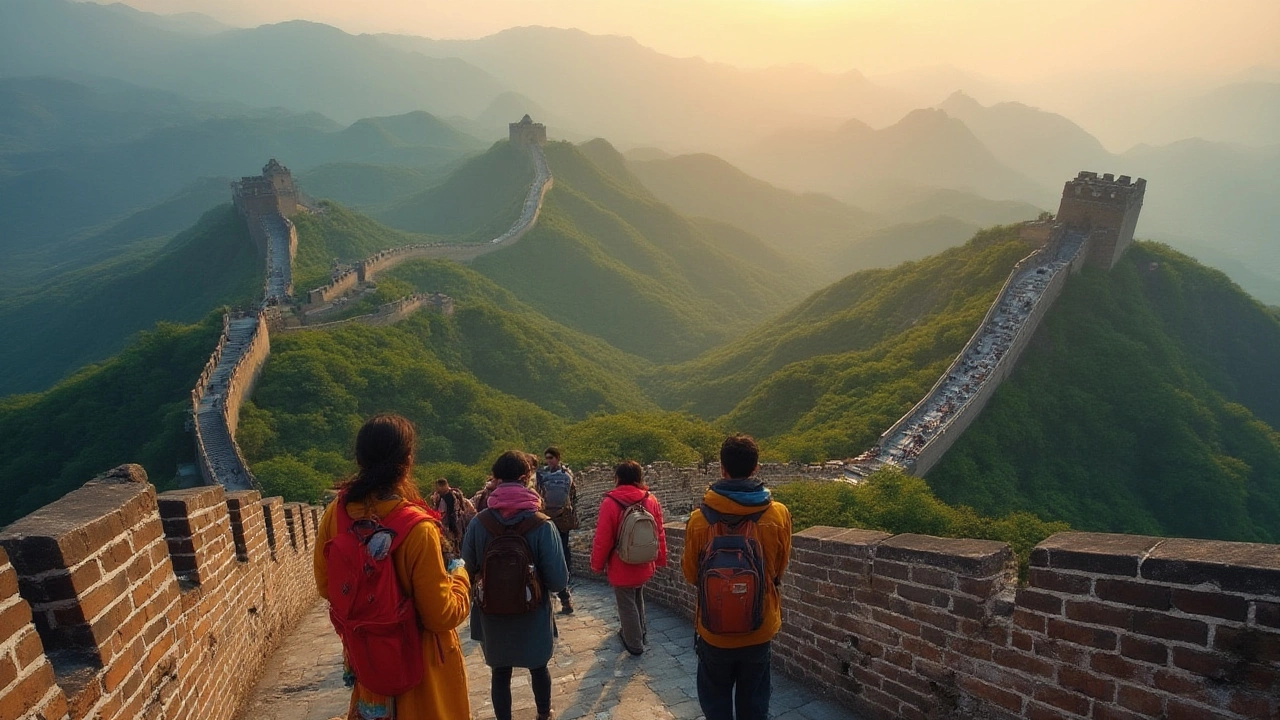UNESCO Tourism in India: Top Heritage Sites and What to See
When you think of UNESCO tourism, travel focused on sites recognized by the United Nations Educational, Scientific and Cultural Organization for their global cultural or natural value. Also known as heritage travel, it’s not just about seeing old buildings—it’s about walking through living history. India leads the world in cultural heritage with 42 UNESCO World Heritage Sites, more than any country in Asia except China. These aren’t just postcard spots—they’re places where religion, architecture, and daily life have tangled together for centuries.
What makes UNESCO World Heritage India, the official list of sites in India protected and recognized by UNESCO for outstanding universal value so powerful is how they mix the sacred with the everyday. You can stand in front of the Taj Mahal and feel the weight of love and loss, then turn around and find a street vendor selling chai just like he has for 200 years. Places like the ancient temples of Khajuraho, a group of 10th-century Hindu and Jain temples famous for intricate erotic carvings and advanced architecture, or the Hampi ruins, the remains of the Vijayanagara Empire, with massive stone temples, boulders, and royal palaces scattered across a river valley, aren’t frozen in time—they’re still part of the rhythm of local life. People pray there, kids play between the pillars, and festivals still echo through the same courtyards.
And it’s not all temples. cultural tourism India, travel centered on experiencing the traditions, arts, and heritage of a region here includes bustling markets in Jaipur, the colonial architecture of Mumbai’s Chhatrapati Shivaji Terminus, and the living culture of the hill stations like Darjeeling. Even the Kumbh Mela, the world’s largest religious gathering, held every 12 years at four sacred river confluences, is considered a cultural heritage event by UNESCO—not because of the buildings, but because of the scale of tradition it carries.
What you won’t find on most tour guides is how quiet these places can be outside peak season. The Taj Mahal at sunrise in winter? Nearly empty. The temples of Mahabalipuram with just the sound of waves? Peaceful enough to hear your own thoughts. And the best part? You don’t need a tour operator. Many of these sites are easy to reach by taxi, and local guides know the stories no book can tell.
Whether you’re drawn to the math of ancient forts, the art of temple carvings, or the chaos of a 10-million-person festival, India’s UNESCO sites give you more than a view—they give you a connection. Below, you’ll find real guides on the most visited spots, the hidden gems, and how to avoid the crowds while still getting the full experience. No fluff. Just what works.
The Most Visited UNESCO World Heritage Site: Exploring the Treasures of the Great Wall of China
Discover why the Great Wall of China draws millions each year and what makes it the most visited UNESCO heritage site on Earth. Find tips, facts, and must-see sections here.
Read more